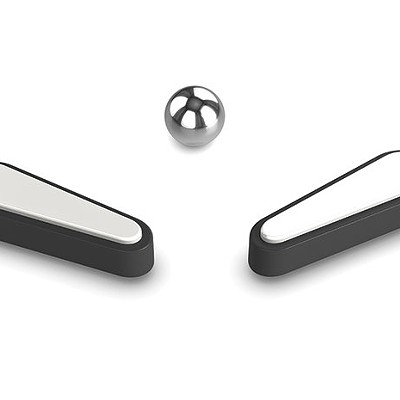The Brilliant Cutoff Viaduct, on Washington Boulevard, stands 75 feet over what was once Silver Lake. Built to withstand floods below and freight trains above, the massive structure boasts five arches between 80 and 100 feet wide -- each made of stone blackened with soot and ash.
It's an imposing relic of a Pittsburgh that no longer exists, a time when the land shuddered from the shriek of steam engines and the rumble of steel rails.
But a century after its construction, the viaduct stands silent. And far below its disused train tracks, Lindsey Scherloum pokes her way through weeds and trash.
This is hardly terra incognito for Scherloum. On the cusp of 30, she spent her post-baccalaureate years in odd, unsettling places. Roaming and rambling those ribbons of highway, she's hitchhiked cross-country (developing various personae for self-protection), lived on a Berkeley co-op roof and taken a 20-by-11-foot raft down the mighty Mississippi -- a six-month voyage bookended by Saints Paul and Louis. She earned her daily bread seamstressing, nannying and posing for tourist pictures on the raft.
"I'm stubborn," she admits. "And careless. I've walked into dangerous situations, and survived."
Drawn to Pittsburgh by what she calls "all this industrial decay," Scherloum is exploring places that others overlook. "Bridges create interior spaces that are full of potential use," she says, gesturing with her camera. "They're secret places, pieces of land that people consent to ignore."
Not Scherloum, who looks for the stories that such spaces tell. Beneath the Larimer Avenue Bridge, she's found traffic cones and shopping carts, a Christmas tree hurled like a javelin. Under the Bloomfield Bridge she found traces of the toxic railroad spill of the '80s. Beneath the Birmingham Bridge she discovered a thriving Steinbeckian civilization -- like something out of an updated Grapes of Wrath -- that included everyone from high-schoolers warming up to row across the Monongahela to Dumpster-divers seeking safe haven from late-summer storms.
This sunny Sunday, Scherloum is heading east from her Point Breeze apartment-cum-base camp. Dressed in sturdy, sensible shoes, black tank-top and army-fatigue pants beneath a diaphanous white skirt, Scherloum's a true urban spelunker, documenting signs of civilization.
"These stones," she says of the Brilliant Viaduct, "have a history. Every piece of trash tells a story, too." She sifts through empty plastic soda bottles, paper scraps, a flattened cardboard box atop a dirt mound. Is this a boys' hide-out? A table for trysts? She shrugs, unsure.
Finding the pickings slim, she drives to the Hulton Bridge, which spans the Allegheny River at Oakmont. Scampering over rocks on the water's south bank, she sees boats skitter by, sunlight sparkling on the water's restive surface. Yellow and purple flowers on a bed of river grass rests easy on a tiny inlet, as driftwood washes up nearby. Save for a bit of detritus -- perhaps chucked from the nearby school -- the area seems unspoiled.
Driving back, Scherloum stops in Verona, under the Roger F. Duffy Viaduct, one of many bridges along Allegheny River Boulevard. Named for a former mayor and legislator, it rises over a railroad spur and industrial works.
Kicking a crushed plastic bottle, she gingerly picks up a piece of metal that looks like a mashed air-conditioner cover. Yet the real prize here is the graffiti, layer over faded layer, white over red, black over green, as if successive nomadic tribes marked their places before moving on.
Scherloum snaps the tribal messages: Lazy-Boy Stinking in His Ninja Suit is perhaps the most cogent. She listens intently, as if she could hear the whispers and guttural laughs of the code writers. "Those voices," she says -- "these people were here."
Cars whine overhead. "It's a totally male culture," she says, "totally invisible from above. Spaces under bridges are spaces for secrets. They create a secret world where people come to do things they're never going to do on the top. It's safer, in some ways, because you're hidden."
So is Scherloum, for now. Operating entirely under the radar, she's free to examine, photograph, ponder. No one knows what profound images or ideas will arise from her explorations -- least of all Scherloum herself. For now, she's content to collect images and impressions, laying in a harvest of material fit for later explication.
Shadows cross the railroad tracks -- walkers are crossing the bridge above.
"Spies," the urban spelunker says. And heads back to the car.



















